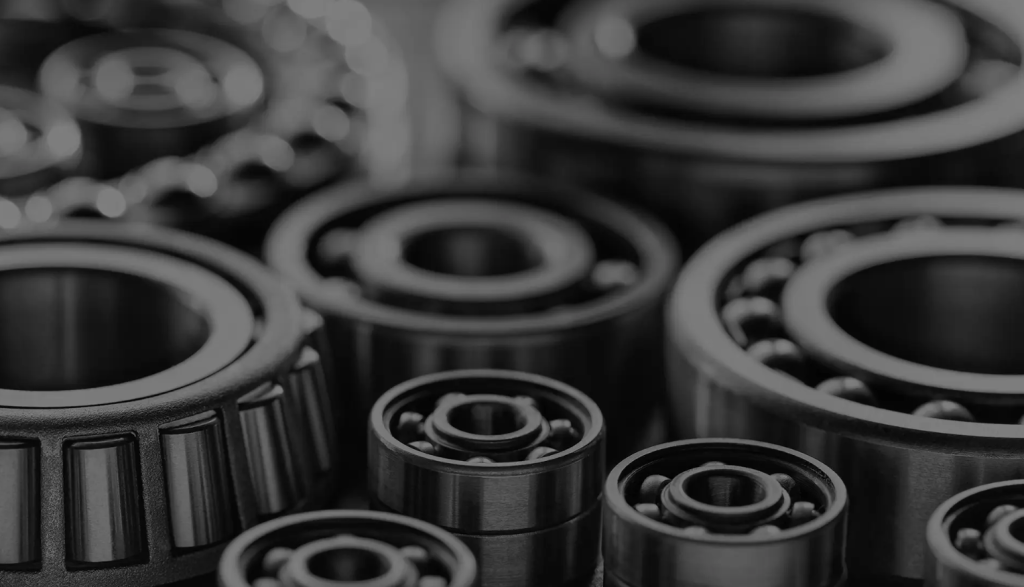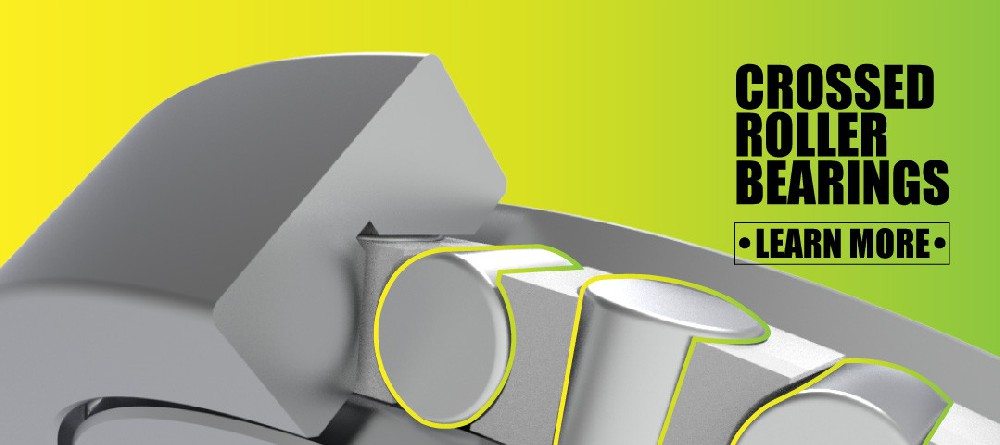Machines are built on movement, and at the center of that movement are bearings. From the wheels of a car to the high-speed spindle of a CNC machine, bearings reduce friction, support loads, and allow parts to rotate with control. Not all bearings, however, are created for the same purpose. Some are designed for general reliability, while others are engineered with microscopic accuracy to meet the demands of industries where even the smallest error can cause big losses.
This difference raises a practical question: what separates a 精密轴承 from a standard bearing? The answer goes beyond cost—it involves tolerance levels, performance at high speeds, material quality, and the environments where they are used. Understanding this distinction helps businesses choose components that match their equipment needs, whether it’s a general-purpose motor or a robotic arm that requires exact positioning.
Precision bearing what it is and how it differs from a standard bearing
In this guide we will explain what a precision bearing is, how it differs from a standard bearing, and why these differences matter in real-world applications.
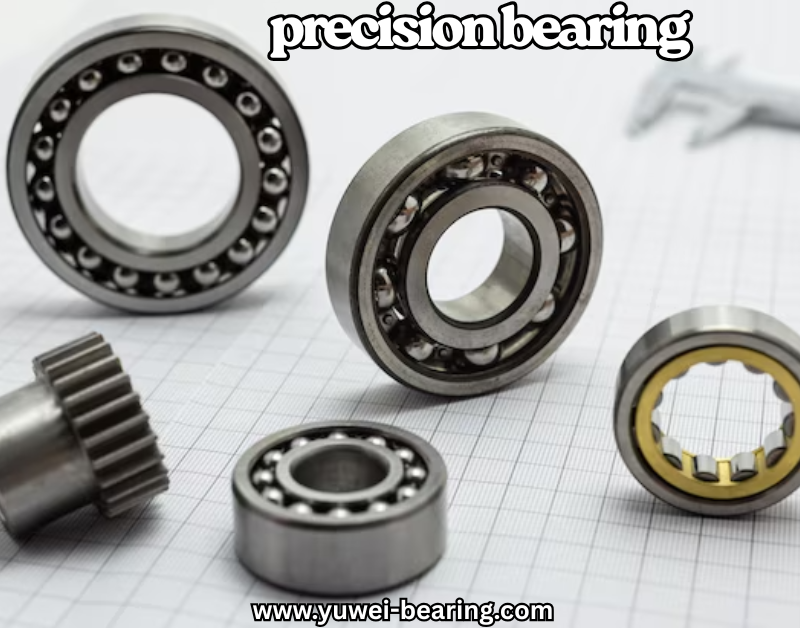
What Is a Bearing in Simple Terms?
At its core, a bearing is a mechanical component that supports and guides rotating or sliding parts, making movement smoother by reducing friction. Imagine the wheels of a car or the spinning drum of a washing machine. Without bearings, these movements would be noisy, inefficient, and prone to rapid wear. Bearings sit between a shaft and its housing, keeping the moving parts aligned while handling loads in different directions.
There are different types—ball bearings, roller bearings, thrust bearings—but they all share the same purpose: to let parts move freely while carrying loads. For everyday machines, general bearings are enough. But in critical industries, the demand for microscopic accuracy requires something beyond standard design. That’s where precision components play a crucial role. Visit 这里!
Defining a Precision Bearing
一个 精密轴承 is a highly engineered rolling-element bearing designed to meet strict tolerance requirements. Unlike ordinary bearings, these components undergo advanced machining processes that reduce error in roundness, surface finish, and runout.
Key points that define them:
- Tighter tolerance classes: Manufactured to ISO P4 or P2 levels, or ABEC 5, 7, and 9.
- Micron-level accuracy: Deviations measured in micrometers, ensuring consistent performance.
- Designed for speed: Capable of handling high RPM applications with stability.
- Special materials: Often built from high-grade steels or ceramics for better durability.
In industries like robotics, medical tools, and aerospace, such accuracy is not optional—it’s essential.
什么是标准轴承?
A standard bearing, often called a general-purpose bearing, is designed with broader tolerances and lower cost in mind. It does the job of reducing friction and guiding motion, but without the need for microscopic accuracy.
Characteristics include:
- ISO Normal or ABEC 1–3 tolerance classes.
- Cost-effective manufacturing with less grinding and inspection.
- Wider error range in roundness and surface finish, which is acceptable for non-critical machinery.
- Common applications: Automobiles, home appliances, conveyors, agricultural tools, and pumps.
These bearings are reliable and practical where exact positioning or ultra-high speed is not required.
Key Differences Between Precision Bearings and Standard Bearings
The gap between precision and standard bearings is best understood by comparing measurable aspects:
| 因素 | Precision Bearings | 标准轴承 |
|---|---|---|
| Tolerance level | Micron-level, ISO P4/P2, ABEC 5–9 | Broader, ISO Normal, ABEC 1–3 |
| Runout control | Minimal, ensures smooth rotation | Higher, acceptable for low-demand use |
| Speed capacity | High RPM with stability | Moderate RPM |
| 振动 | Low amplitude, consistent performance | Higher vibration tolerance |
| 应用 | CNC spindles, turbines, medical robots | Fans, gearboxes, household machines |
This comparison shows that while both serve the same purpose, the scale of performance separates them.
Why Precision Bearings Cost More
Precision-grade bearings are more expensive than standard ones. The reasons are practical:
- Advanced machining: Manufactured with grinding and lapping equipment that achieves sub-micron accuracy.
- Quality materials: Steels with fewer impurities or ceramics that resist heat and wear.
- Rigorous testing: Dimensional checks and performance validation for every unit.
- Controlled production: Made in clean, monitored environments to minimize flaws.
Although they cost more, the investment pays back through higher uptime, lower energy use, and extended component life.
Data That Shows the Difference
Published technical data illustrates the performance gap:
- 振动: Precision bearings reduce vibration amplitude by up to 60% compared to general-purpose types.
- 效率: Machines using higher-grade bearings often consume 5–10% less energy at high speeds.
- Reliability: Failure rates drop by more than 30% in aerospace and medical applications when precision models replace standard ones.
- 耐用性: Thermal stability tests show less deformation under load, maintaining accuracy longer.
Numbers like these highlight why industries with tight margins rely on accuracy-driven components.
Pros and Cons of Precision Bearings
| 方面 | Precision Bearings | 标准轴承 |
|---|---|---|
| 准确性 | 非常高 | Adequate |
| Price | 更高 | 降低 |
| Speed capability | Supports extreme RPM | Moderate RPM |
| 维护 | Requires careful handling | Easier to manage |
| 耐用性 | Strong under controlled use | Dependable for everyday use |
This table shows there’s no single “best” option. The right choice depends on application.
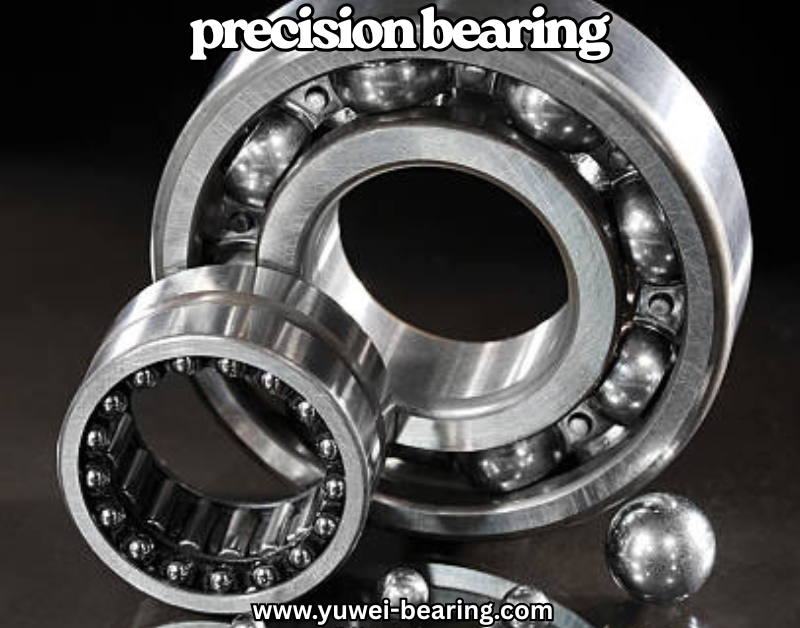
How to Decide Between Precision and Standard Bearings
Selecting the right type means weighing performance needs against cost. Consider the following steps:
- Evaluate speed: If equipment runs above 10,000 RPM, a higher tolerance design is necessary.
- Consider accuracy needs: Industries requiring exact cuts, alignments, or robotic motion benefit from precision components.
- Assess environment: Cleanroom, aerospace, or medical machines often mandate tighter tolerances.
- Balance cost: For large-scale agricultural or automotive equipment, standard bearings may provide enough reliability at a lower cost.
- Think lifecycle: Look at downtime, maintenance, and energy costs, not just purchase price.
A structured decision process helps avoid both overengineering and underperformance.
Common Misconceptions
Several myths surround the subject:
- “Precision bearings last forever.” No, they require proper lubrication and careful installation to deliver extended life.
- “Standard bearings cannot handle loads.” They can, but with less control over dimensional changes under stress.
- “All ceramic bearings are precision bearings.” Some are, but not all. Ceramic simply refers to material, not tolerance.
- “Maintenance is the same for both.” Higher-grade bearings demand stricter installation practices.
Clearing up these misconceptions ensures businesses choose correctly without overpaying or underestimating.
The Role of Lubrication and Temperature
Lubrication and temperature management are critical in bearing performance.
- 润滑: Precision bearings often require specialized oils or greases that reduce friction at high speed. Standard bearings typically run well with general-purpose lubricants.
- Temperature control: Precision components are built with materials that resist expansion, ensuring dimensional stability even under heat. Standard bearings may expand more, which can lead to misalignment.
- Maintenance intervals: Precision bearings demand shorter lubrication cycles in demanding setups to maintain accuracy.
The interaction of lubrication and heat directly affects lifespan, efficiency, and reliability.
Innovations in Precision Bearing Technology
Recent developments are pushing performance boundaries:
- Hybrid ceramic designs: Combine steel and ceramic rolling elements for higher speed tolerance.
- Sensor integration: Bearings equipped with real-time monitoring of load, vibration, and temperature.
- Coatings and surface treatments: Reduce wear and resist corrosion.
- Lightweight housings: Lower inertia in high-speed spindles.
Such advancements highlight how industries continue to refine even the smallest machine elements for maximum output.
Practical Tips for Businesses
For companies deciding on bearing selection, here are actionable steps:
- Audit equipment needs: Identify machines where speed and accuracy drive revenue.
- Look beyond upfront cost: Calculate lifecycle savings from reduced downtime and energy use.
- Work with verified suppliers: Choose vendors who provide certified data on tolerance and performance.
- Train staff: Technicians should understand correct installation methods, torque settings, and lubrication schedules.
- Plan replacements proactively: Avoid waiting for failures—schedule predictive maintenance cycles.
A clear strategy reduces risk while optimizing equipment reliability.
常见问题
Q1: Can standard bearings replace precision bearings in high-speed machinery?
Not effectively. At elevated RPM, accuracy loss can cause vibration and reduced product quality.
Q2: How long do precision bearings last?
With correct installation and lubrication, they often last significantly longer than general bearings in demanding environments.
Q3: Are ceramic bearings always precision-grade?
Not always. While many ceramic designs are high-precision, some are manufactured for general use.
Q4: Do both types need the same maintenance?
No. Precision bearings require stricter controls, including clean installation environments and proper lubricant selection.
Q5: Which industries rely most on high-grade bearings?
Aerospace, robotics, medical equipment, semiconductor manufacturing, and machine tool industries.
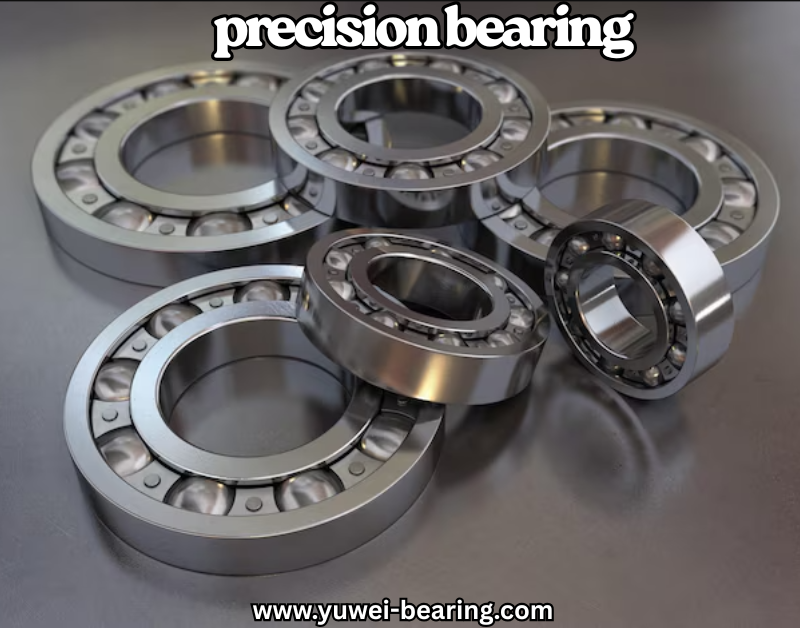
结论
Choosing the right bearing is more than a technical decision—it’s a strategic one that impacts efficiency, reliability, and cost. 精密轴承 are engineered for environments where accuracy and stability are critical, capable of maintaining tight tolerances, withstanding high speeds, and delivering consistent performance under demanding conditions. Standard bearings, on the other hand, provide reliable service in applications where extreme precision is not required, offering cost-effective solutions for everyday machinery.
Understanding the differences between these two types of bearings allows engineers and decision-makers to match the component to the machine’s needs. Factors such as load, speed, operating environment, and maintenance requirements play a key role in selecting the right bearing type. Investing in the proper component can reduce downtime, improve energy efficiency, and extend the lifespan of equipment, ultimately supporting smoother operations and better outcomes.
